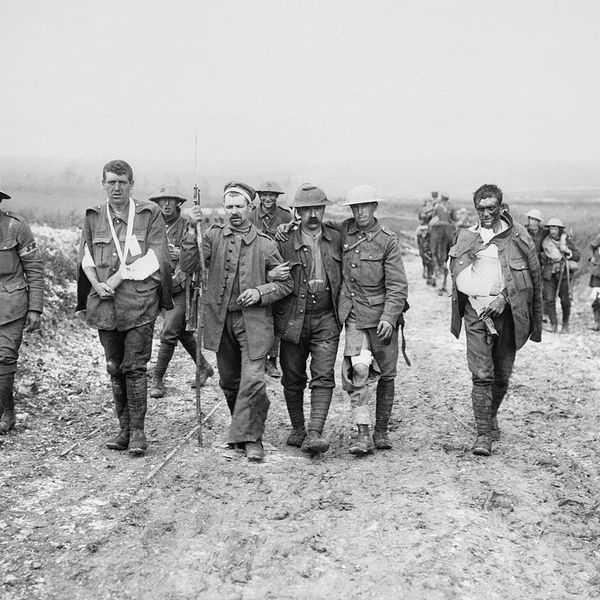When faced with the daunting task of compiling an essay on the intricate subject of “WW1,” consider enlisting the aid of StudyMoose’s swift essay writing service. Their team of experts can skillfully craft an in-depth essay that delves into the nuances of World War 1, sparing you the effort of research and composition. Furthermore, StudyMoose’s proficiency extends beyond this topic; their adept writers can tackle essays of varying complexities, ranging from law essays to term papers, ensuring that you receive well-crafted pieces across a diverse spectrum of subjects.
Battle Conditions Were Terrible
During WW1, trench warfare was one tactic used by both sides. Although the trenches were beneficial in some ways, there were many diseases that plagued the people who were inside. There were three trenches and soldiers moved back and forth from them over just a few days. When people actually got to the trenches, they would work on repairing the trenches, fixing the barbed wire, and digging more trenches. Conditions were terrible! One of the worst things about fighting on the front line was going through no-man land. There were dead bodies and various body parts lying out in the open for anyone to see. When the opposing side attacked the trenches, they were met by people with machine guns and accurate rifles. If the first trench was taken by the enemy, then the soldiers would retreat back to the next trench that they had built. Fighting would go back and forth for a long time. Trench warfare played a pivotal role in WW1.
Weapons Used
Weapons were another part of World War One that soldiers used. They used rifles, flamethrowers, machine guns, and mortars. The rifle had many pros, one being that it was light, so men could easily carry the weapon. It was also cheap, so pretty much all soldiers had a rifle. When they shot the rifle, they probably weren’t going to miss because it had incredible accuracy. Machine guns, although they could shoot 500 rounds a minute, had their flaws. If the machine gun was used too much, it would over-heat and not work. Trying to fix this required lots of steps and it was a hassle. Flamethrowers had to be carried on the backs of soldiers. The armies used flamethrowers to invade opposing trenches and flush the enemies out, but since the flamethrowers were short-ranged, the soldiers could be shot easily.
One last weapon used in World War One are chemical weapons. There were many different types of chemical weapons each side used to kill enemies. They each had different effects on the body and the war. There was chlorine gas, phosgene, and mustard gas. Phosgene killed many people throughout the war. Countries invented gas masks to keep from suffering what these gases did to the body. Mustard gas was different though, if it got on you, whether it be your foot or your arm, you would get blisters on you that caused excruciating pain. Mustard gas could also get in your lungs, blind you, and even kill you. This gas was to be taken very seriously to all of the soldiers in the war. You do not want to mess around with any chemical weapons.
Role of Tactics in the Outcome of War
In conclusion, you can see that World War One was filled with many hurtful things. There was death at an unprecedented level. Tactics that each country used and the weapons they used were very important; whether it be the rifle, the flamethrower, or the machine guns. All of these weapons affected the war in some way. Trenches were built to help the army protect its men, and without the trenches in World War One, the outcome may not have been the same, but regardless, the trenches were key to both sides in the war. There were chemical gases that wreaked havoc on the enemy and caused many deaths to occur. They caused blisters and other horrific things to happen to the bodies of those who received the gas. The tactics and weapons used in World War One played a major role in the outcome of the war.

